June 7, 2024
The Diversity, Equity, and Inclusion (DEI, see point 1 below) working group was created because EFI recognizes that we need involvement and collaboration with underrepresented groups to equitably meet the needs of diverse communities who are using and impacted by ecological forecasts. To this end, the EFI DEI working group, led by input from Diana Dalbotten (University of Minnesota) began in October 2019 to develop an EFI DEI Working Group Strategic Plan (Figure 1) with steps to broaden participation in EFI. At the time, the focus had mainly been on broadening racial diversity based on racial categories common within the United States. Yet other metrics of diversity (gender, nationality, career stage, academic discipline, occupation sector) are also important to EFI. By May 2020, the group posted the Strategic Plan on the EFI DEI working group page to publicly share the plan and use it as official guidance for group activities.
Four years later, the DEI working group is revisiting the plan to remind ourselves of our activities and place them within the context of the Strategic Plan. Our goal is to consider which activities the group sees as successful and where there continue to be opportunities for growth.
Point 1Although the working group name uses the acronym DEI, we recognize that Justice is an integral part of DEI work. We therefore refer to the EFI Working Group as DEI and the activities of the group as DEIJ.

Figure 1 . Steps in the original DEI Strategic Plan
The original DEI Strategic Plan highlighted that, just as the iterative approach is useful for ecological forecasting, likewise it is beneficial for the process of engaging with people from underrepresented backgrounds. However, during our reecnt review process, the DEI Strategic Plan instead appeared as a fairly linear process, which in practice, it has not been. Instead, the group has worked on projects across all six steps as opportunities have become available or aligned with ongoing work.
The working group is planning to revise the original Strategic Plan. To this end, the group envisions adding Diversity, Equity, Inclusion, and Justice (DEIJ) perspectives and actions into EFI activities as a spiral rather than a circle (Figure 2). The group will continue to refine the iterative nature of EFI’s DEIJ efforts and will share details about that in the future. For this blog, however, our goal is to compile a record of what has been done to acknowledge past efforts and inspire and inform future efforts. Future steps will assess what has been successful, examine whether or not we have the metrics to measure success, and reflect on challenges that we can learn from to improve the iterative process in future efforts.
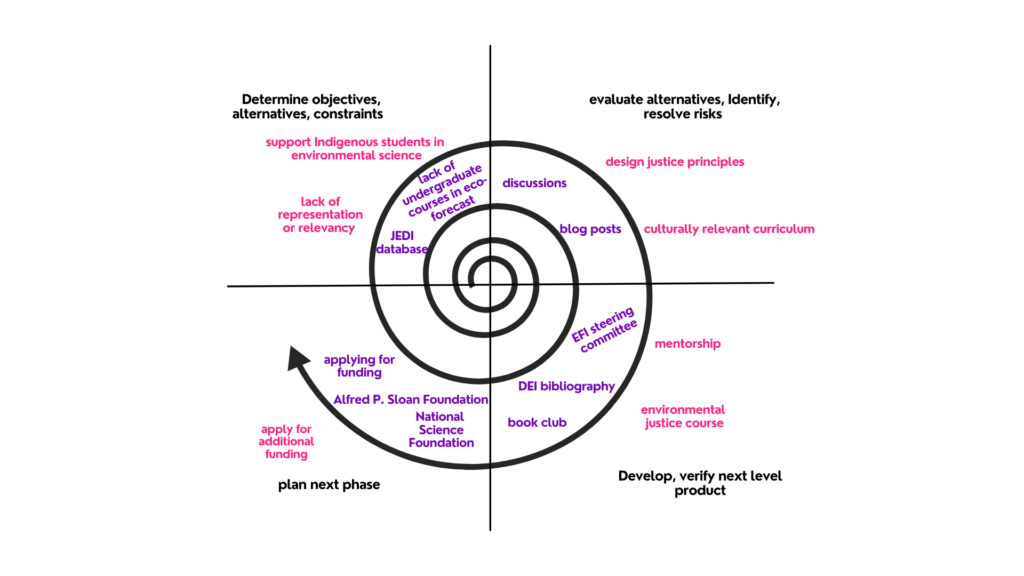
Figure 2. A potential new way to think of the EFI Strategic Plan
Strategic Plan Steps
Below we list the six steps of the Strategic Plan and the DEI working group activities for each step.
Step 1: Identify and clarify the problem.
- JEDI Database – Dave Klinges (University of Florida) and Jody Peters (University of Notre Dame) have collaborated to develop a workflow to take anonymized EFI membership information and create plots of diversity metrics (see Figures 3-7 below) to assess how the community has changed through time, relative to external baselines.
- Publication: Willson et al 2023. Assessing opportunities and inequities in undergraduate ecological forecasting education. Ecology and Evolution 13(5): e10001.
- Willson et al. compiled resources for teaching and learning ecological forecasting at different curriculum levels and identified gaps between ecological forecasting courses offered at doctoral universities, in comparison to other colleges and universities. The authors also noted a general lack of high-level, quantitative forecasting opportunities for undergraduates.
Step 2: Identify barriers that may be preventing students from underrepresented groups to participate in ecological forecasting as a career.
- Blog posts that identify barriers
- From Communities to Topologies, Forecasting is a Social System – posted January 20, 2024
- Barriers to Inclusivity in Ecological Forecasting – posted May 17, 2023; updated June 9, 2023 with the Spanish Translation
- Sean Dorr (University of Minnesota) has led and fostered discussions, workshops, and focus groups for multiple EFI activities about the Design Justice Principles as they relate to the Forecasting Challenge and forecasting cyberinfrastructure
- DEI Book Clubs have met since 2020 to provide opportunities for the EFI community to learn about different topics of racism, diversity, inclusion, and justice through small group discussions
- 2022 Ecological Society of America (ESA) oral session co-organized by EFI and the ESA Traditional Ecological Knowledge Section: “Planning Resilient Ecological Futures with Indigenous Communities”
Step 3: Identify possible solutions that could be taken.
- The DEI working group meets monthly, and conversations include identifying solutions for barriers identified in Step 2 and then working on solutions in Step 4. Meeting notes from the monthly calls can be found at the bottom of the DEI webpage.
- DEI Book Club suggestions and action items
- In October 2023, the DEI Working Group created this living document to provide a summary of action items suggested during book club calls. The living document is to be used as a reference to support and inspire activities for EFI that can be developed and led as individuals have time, availability, and interest in doing so. The living document also provides an opportunity to collate and celebrate activities that have taken place that have been inspired by or align with suggestions from the book clubs.
- Based on Willson et al 2023, the group identified curriculum development at minority serving institutions as a solution to address the lack of ecological forecasting in course work and a path to introduce more Native American students to ecological forecasting topics.
Step 4: Identify which solutions from Step 3 make sense to work on now for the EFI group.
- EFI DEI Bibliography
- The Bibliography is a living document that provides resources for learning more about anti-racism and the diversity status of fields relevant to ecological forecasting. These resources include lists of minority supporting associations, links to diversity and inclusion plans from professional societies, blog posts, publications, and compiled lists of resources from other organizations. Additional resources shared through the working group are continually added. If you are aware of additional resources to include, please submit them to this Google form.
- Ecological Forecasting Initiative Bibliography Zotero Group library
- The Bibliography resources are also included in the EFI Zotero library and tagged as “EFI DEI Paper” papers
- The EFI Steering Committee is dedicated to always having one or more people with experience addressing DEIJ issues on the committee, and increasing diversity, equity, and inclusion is one of the five high level objectives of EFI’s Strategic Plan.
- 4-part virtual seminar series titled “Conversations on Diversity and Data Seminar Series” – foster conversations, brainstorm actions, and make community connections that help promote diversity within ecological forecasting. Recordings and resources from these panel conversations are available in the links below.
- What do diverse students need to thrive in data- and computer-heavy settings?
- What does culturally competent data science training look like?
- How can 4-year data-driven institutions and programs support students transferring from community colleges?
- What kind of online tools are useful and work well for remote learning and teaching?
- The book club group that read Braiding Sweetgrass by Robin Wall Kimmerer developed a gratitude statement regarding data as a gift from the community. You can find the statement on the DEI webpage and the Book Club webpage.
- The Braiding Sweetgrass book club included student participants from the Sustainable Land and Water Resources (SLAWR) REU, which provided opportunities for discussions across career stages and sectors
- Job posts and funding opportunities are listed on EFI’s Slack group and in the newsletters to increase visibility to the EFI community
Step 5: Identify who else needs to be involved in the process and make a plan to bring them in.
Note that this step might actually be better as Step 1–what groups should be involved in identifying the problem? If the problem is that the right people are not involved, how can we adequately examine the barriers and identify solutions? We realize we cannot solve the problem without broader participation in identifying the issues, barriers, and potential strategies.
- Building relationships is a critical part of this step, and relationship building takes time and trust. Diana Dalbotten (University of Minnesota) has been largely influential in helping to set up collaborations with individuals at minority serving and Tribal institutions. These partnerships produced funding success from the Alfred P. Sloan Foundation and funding applications submitted to the National Science Foundation. As these relationships continue to develop, they inform actions to prioritize and relationship building efforts.
- Identifying collaborators and building relationships can happen at any point in the process, but they are included as a step here to acknowledge that, as more work is done, it will inform which partners are still missing. We can then be intentional about bringing in more people to fill these gaps. In recognizing that this step links back to Step 1 (Identifying and clarifying problems), we again want to shift our thinking to follow a spiral rather than linear path, as a spiral builds on previous work as seen in Figure 2.
Step 6: Form collaborations and seek funding to carry out the plan.
- Successful: Alfred P. Sloan Foundation grant that brings together partners from Salish Kootenai College, Cal Poly Humboldt, University of New Mexico Gallup, University of Notre Dame, and the University of Minnesota
- The goals of this grant include developing culturally responsive educational resources and supporting research efforts of underrepresented undergraduate and graduate students, creating actionable paths forward to address the problems and barriers identified in Steps 1-2.
- Unsuccessful: National Science Foundation
Opportunities for Growth
As the DEI working group considers our next steps and future activities, we first look back with pride at the range of activities highlighted here, noting that much of this has been done with volunteer efforts. Those in the DEI working group have also experienced personal growth in understanding racism and systemic barriers in science and ecological forecasting.
In addition to having an impact within the group, the impact of the DEI working group has expanded to other EFI activities. Recent Education working group discussions have revolved around understanding the history of Tribal and Historically Black Colleges and Universities in the US. The Education working group-led paper on Ethics in Forecasting Educational Modules (https://tiee.esa.org/vol/v19/issues/case_studies/lewis/abstract.html) includes considerations for who participates, uses, or is impacted by forecasts and data science. Additionally, Design Justice Principles were a key component of a recent EFI Cyberinfrastructure Workshop. The Translation and Actionable Science working group has discussed topics such as the racial history of the term “stakeholder”, DEIJ implications of different types of collaborations (from community-led, to collaborative, to extractive), and how different situations can support or be detrimental to relationship building along the spectrum of collaborative efforts. As demonstrated, DEIJ issues transcend beyond the DEI working group, and we encourage other EFI subgroups to continue to consider DEIJ impacts of their discussions and efforts.
One of the high level objectives of the EFI Strategic Plan is to increase diversity, equity, and inclusion, and this has been an overarching component for the EFI Steering Committee as they make decisions. As noted above, the Steering Committee is dedicated to ensuring that at least one member is experienced in addressing DEIJ issues, and in the short-term, this goal seems accomplishable (see Engagement paragraph below for more long-term considerations). Similarly, EFI Conferences consistently include DEI workshops or sessions, and when considering whether to support workshop efforts by partners, we advocate for diverse representation in speakers or participants. Given lessons learned regarding the development of workshops and sessions, we see this as a relatively straightforward space where we can continue to participate and grow.
Engagement is an area where the DEI working group has struggled. We appreciate all the work that has been done through volunteers, but we also recognize that some people who may want to get involved do not have time to volunteer. The DEI working group has expanded over the past four years, but it is often a core group of individuals who participate in calls or book clubs. Continued engagement and growth will become especially important in five to ten years for maintaining a Steering Committee member with DEIJ experience, as this will be about the time when all of the individuals from the core group will have already served. If the group has not grown, unideal solutions may include second terms of service or recruitment of individuals with expertise in the DEIJ space but who have little knowledge of EFI. We see engagement as a struggle that is not unique to EFI and reflects, in part, patterns and issues in ecology and data science more broadly. We must continue to seek new perspectives and discuss solutions to this barrier.
The DEI working group activities that are most successful are ones that align with the research and activities that people are already doing. This likely reflects the above struggles with volunteer-based progress. When DEIJ efforts align with paid work, the projects tend to be prioritized and therefore actually come to fruition. Still, finding a good balance in overlap of current research programs and DEIJ work is hard in a geographically and topically distributed community. Relationships have been built (and continue to grow), but we also recognize that it takes a long time to gain trust and demonstrate reciprocity.
The DEI working group is looking forward to revising the DEI Strategic Plan and working on the continual process of advancing DEIJ efforts within EFI.
JEDI Images
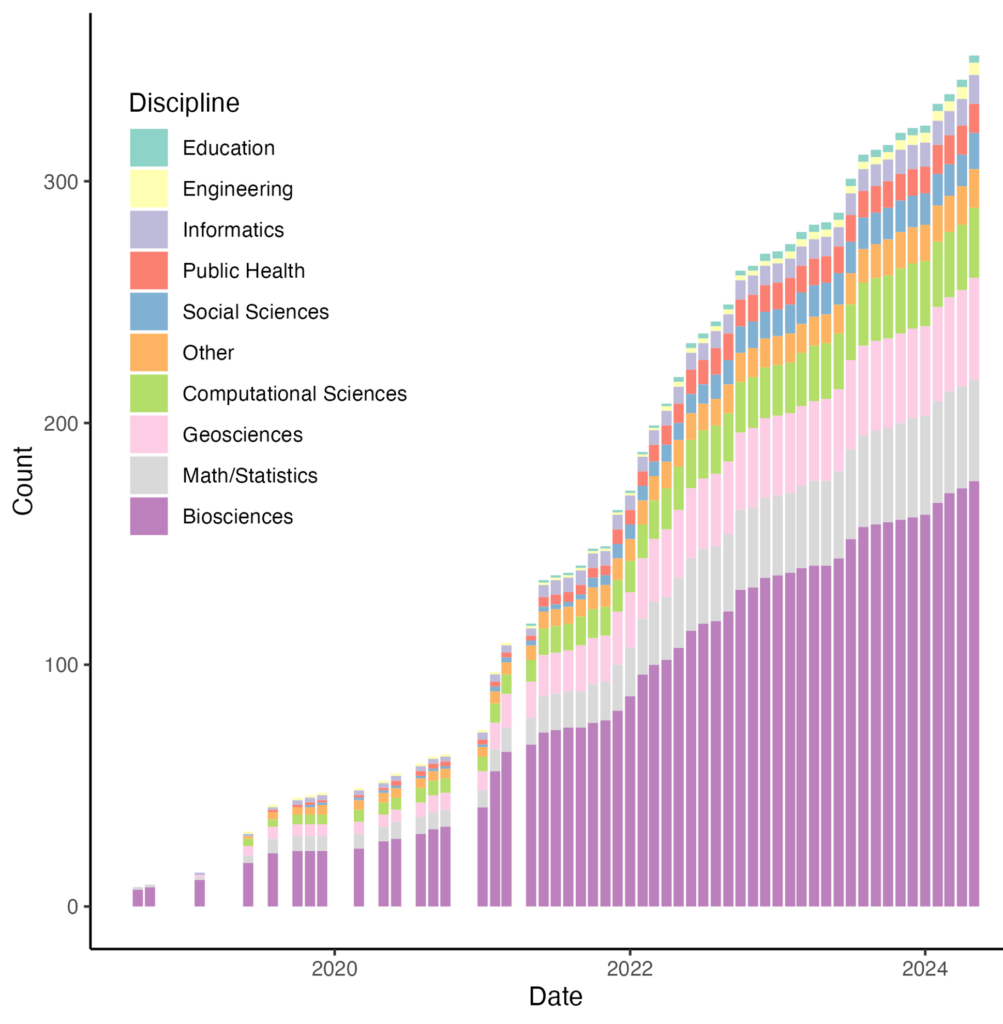
Figure 3. Changes in the discipline of EFI members.
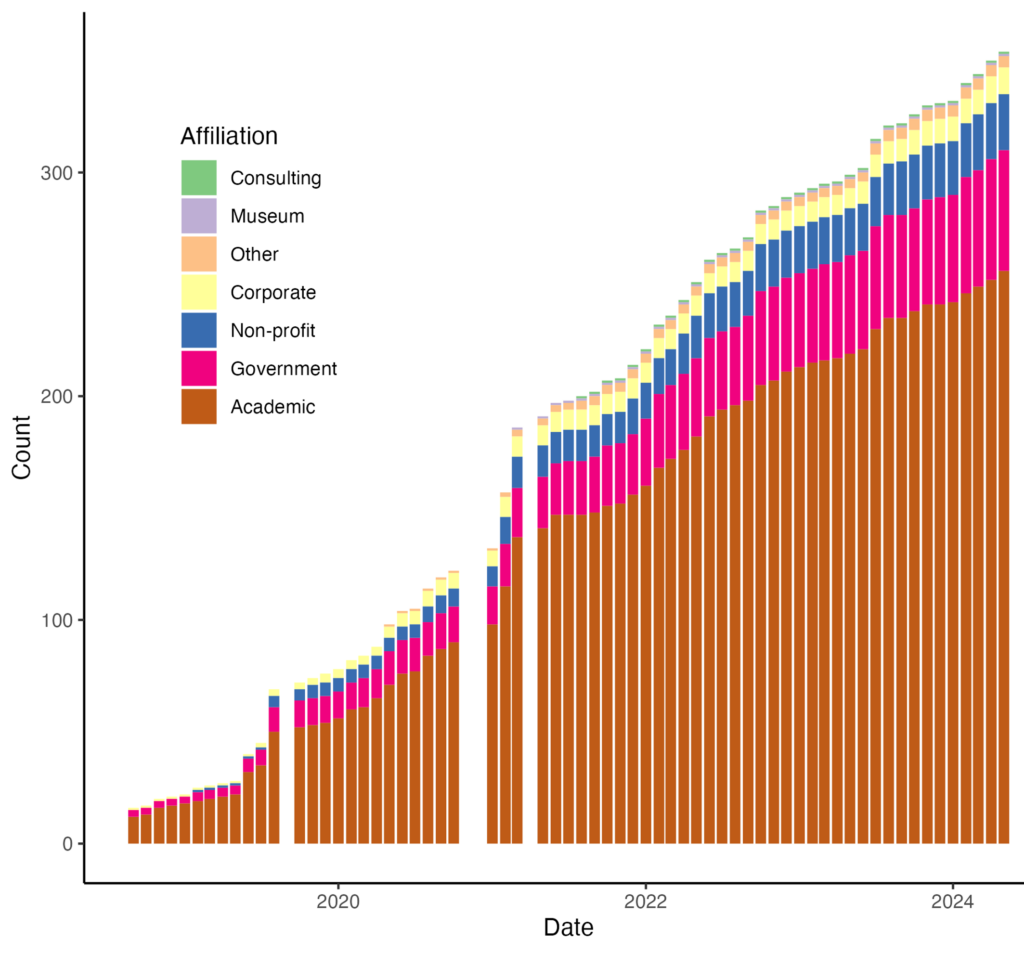
Figure 4. Changes in the occupation section of EFI members.
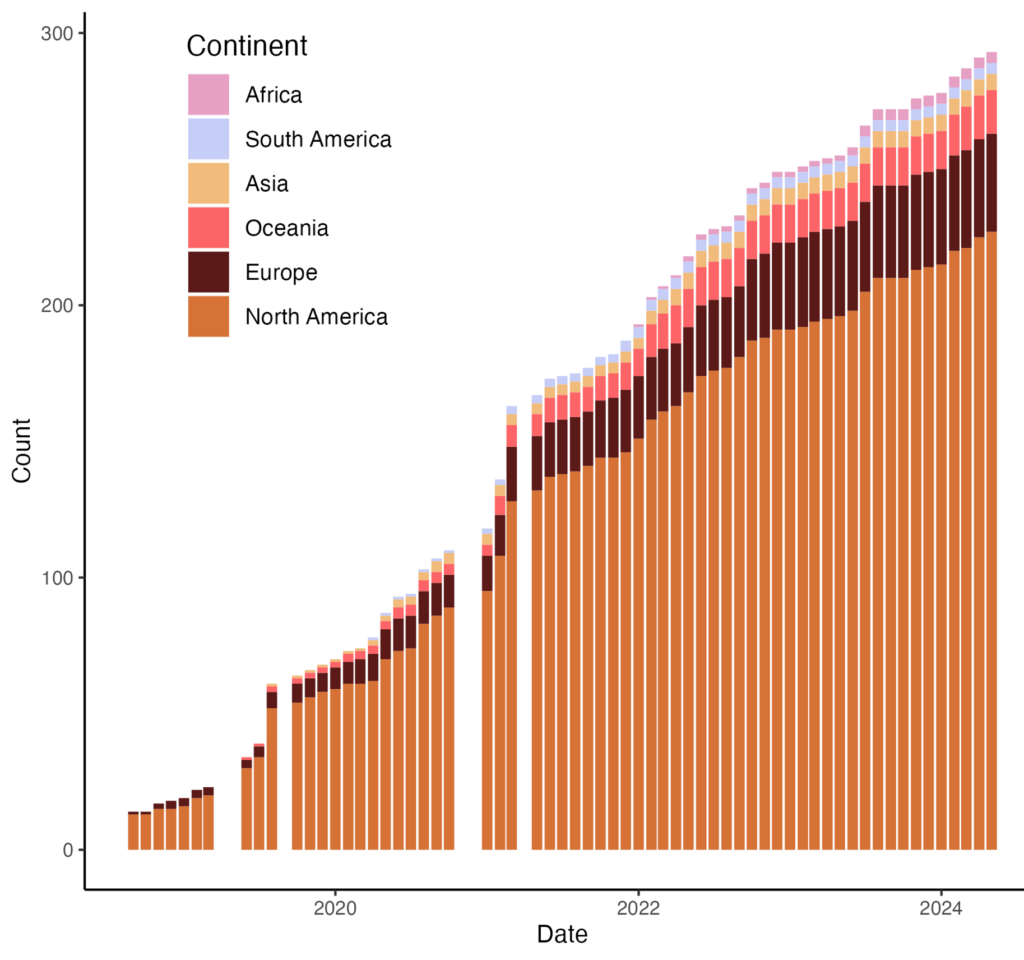
Figure 5. Changes in the nationality of EFI members.
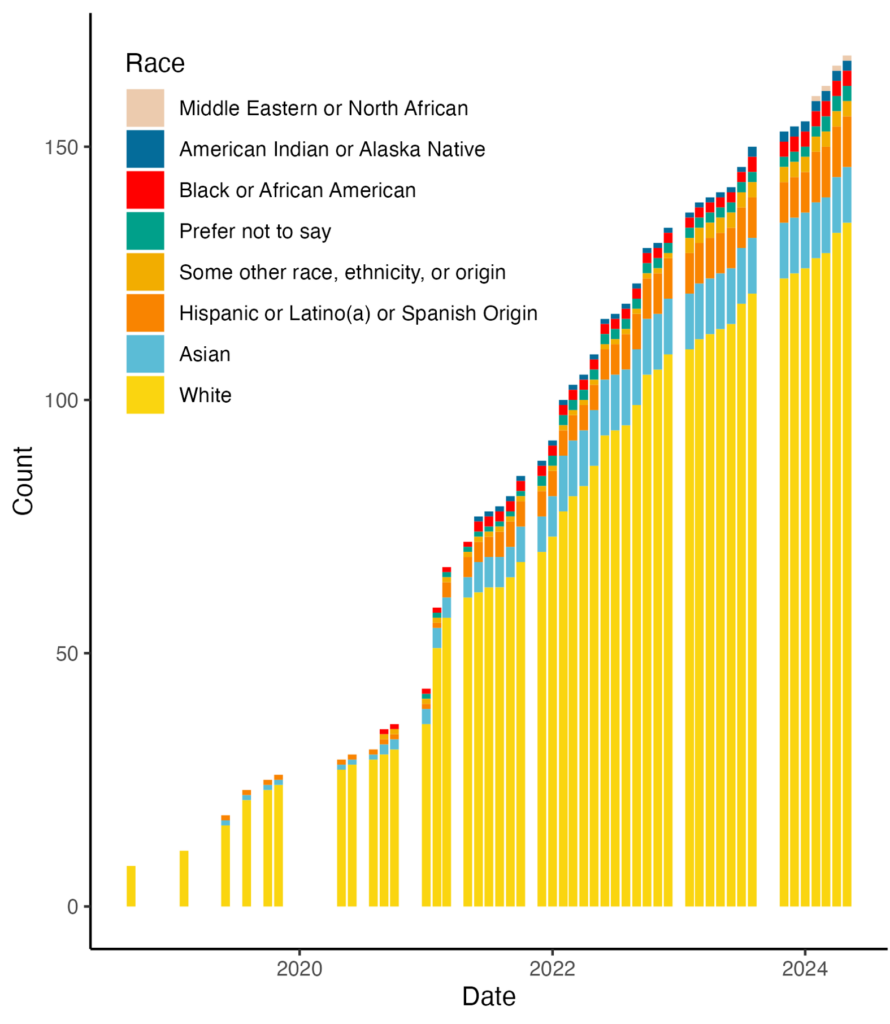
Figure 6. Changes in the race of EFI members who indicated they are from the United States.

Figure 7. Gender composition of EFI members in June 2024.
